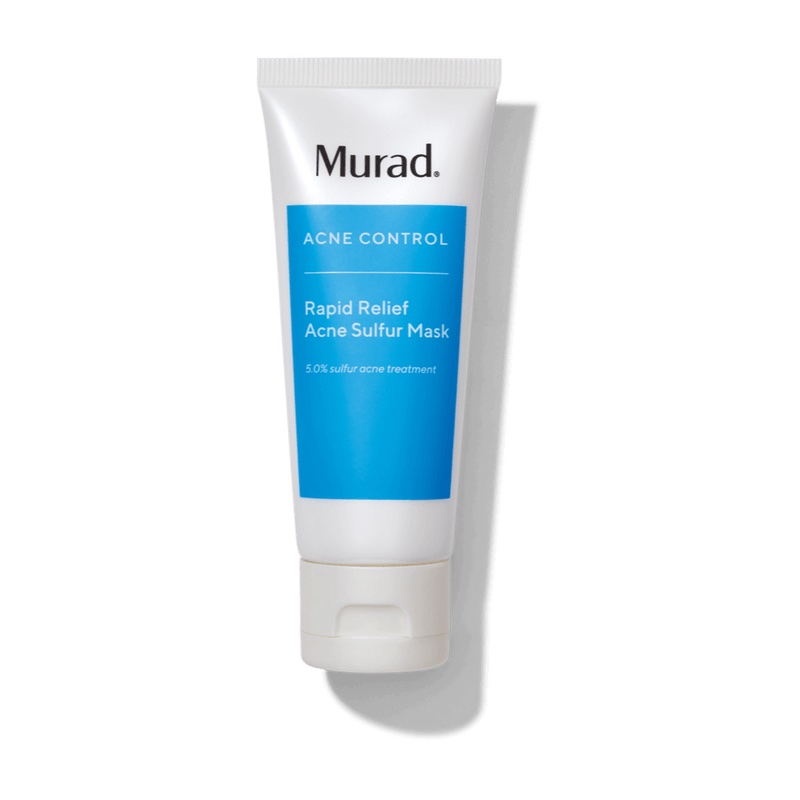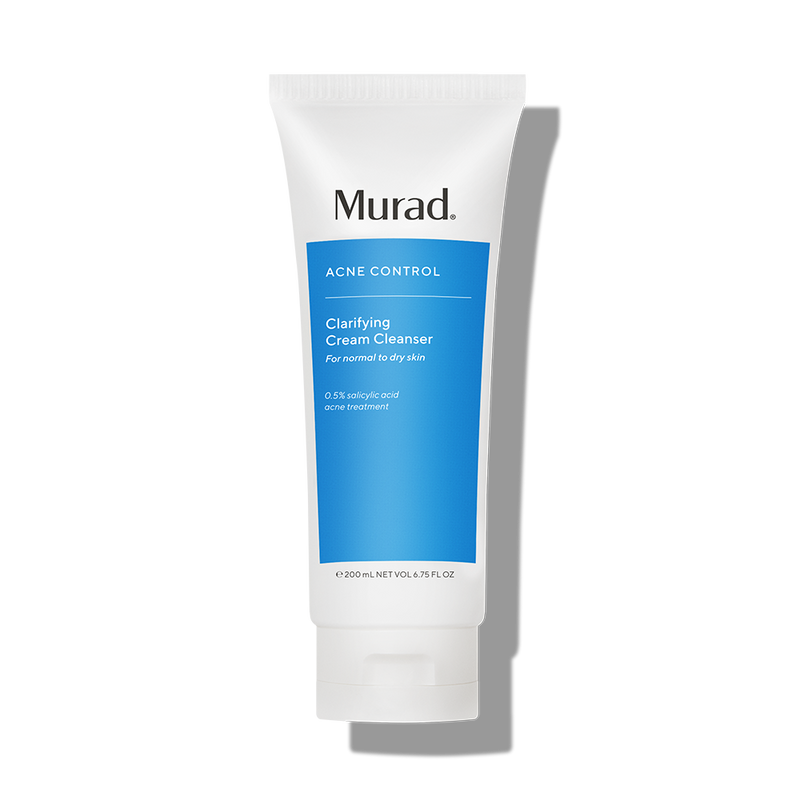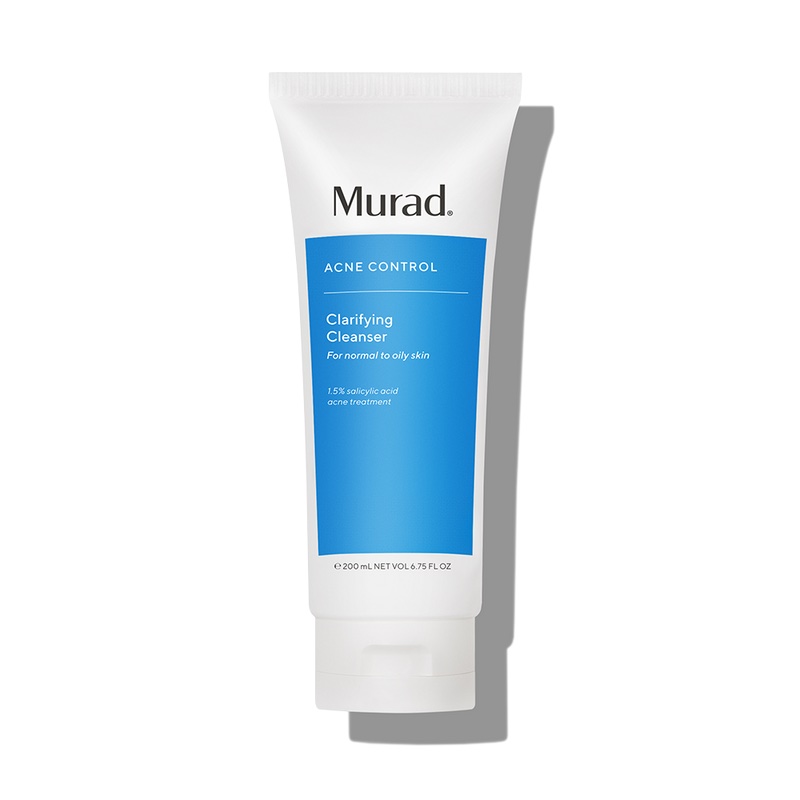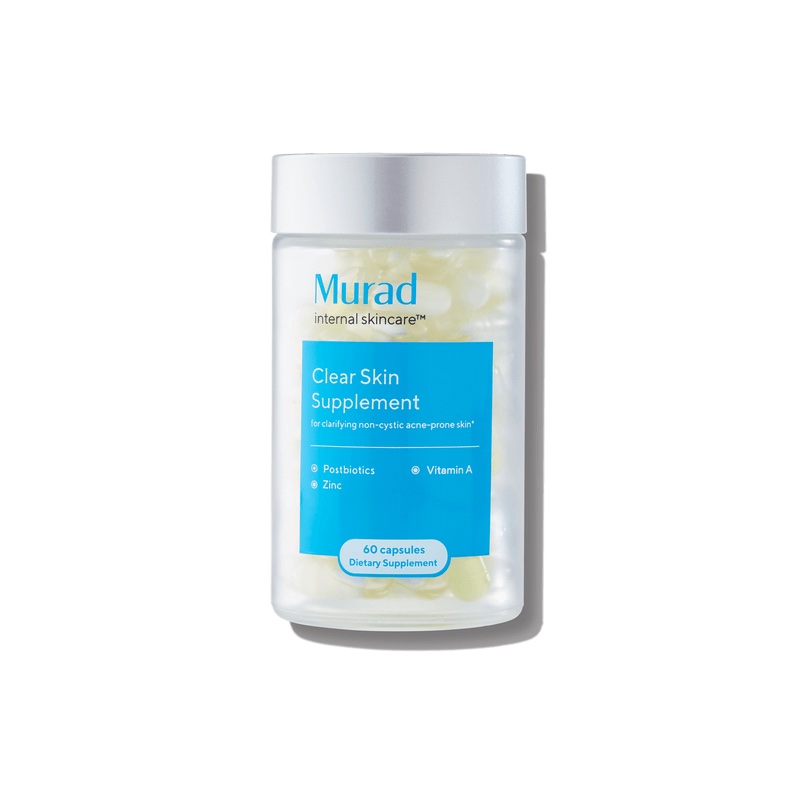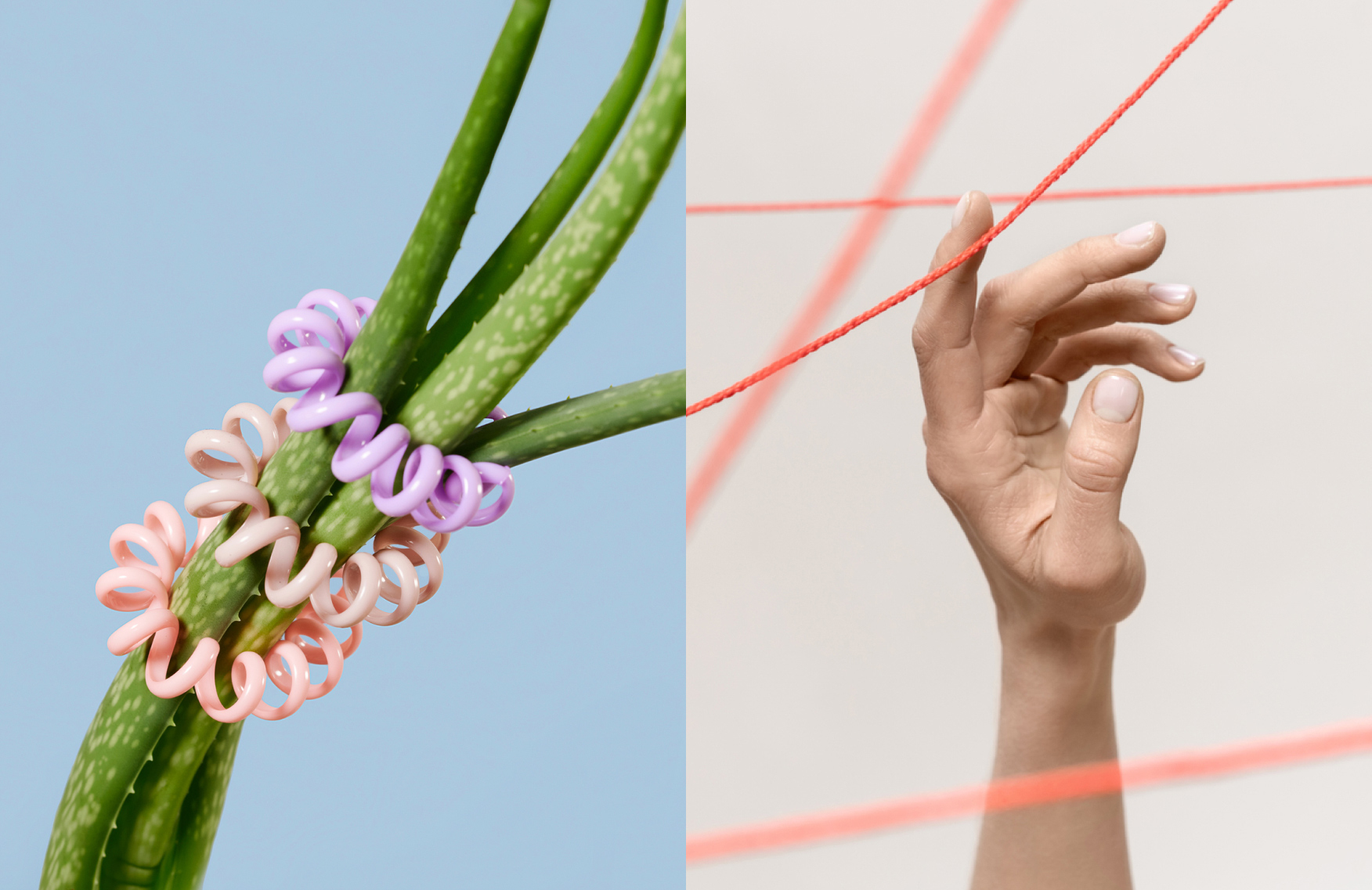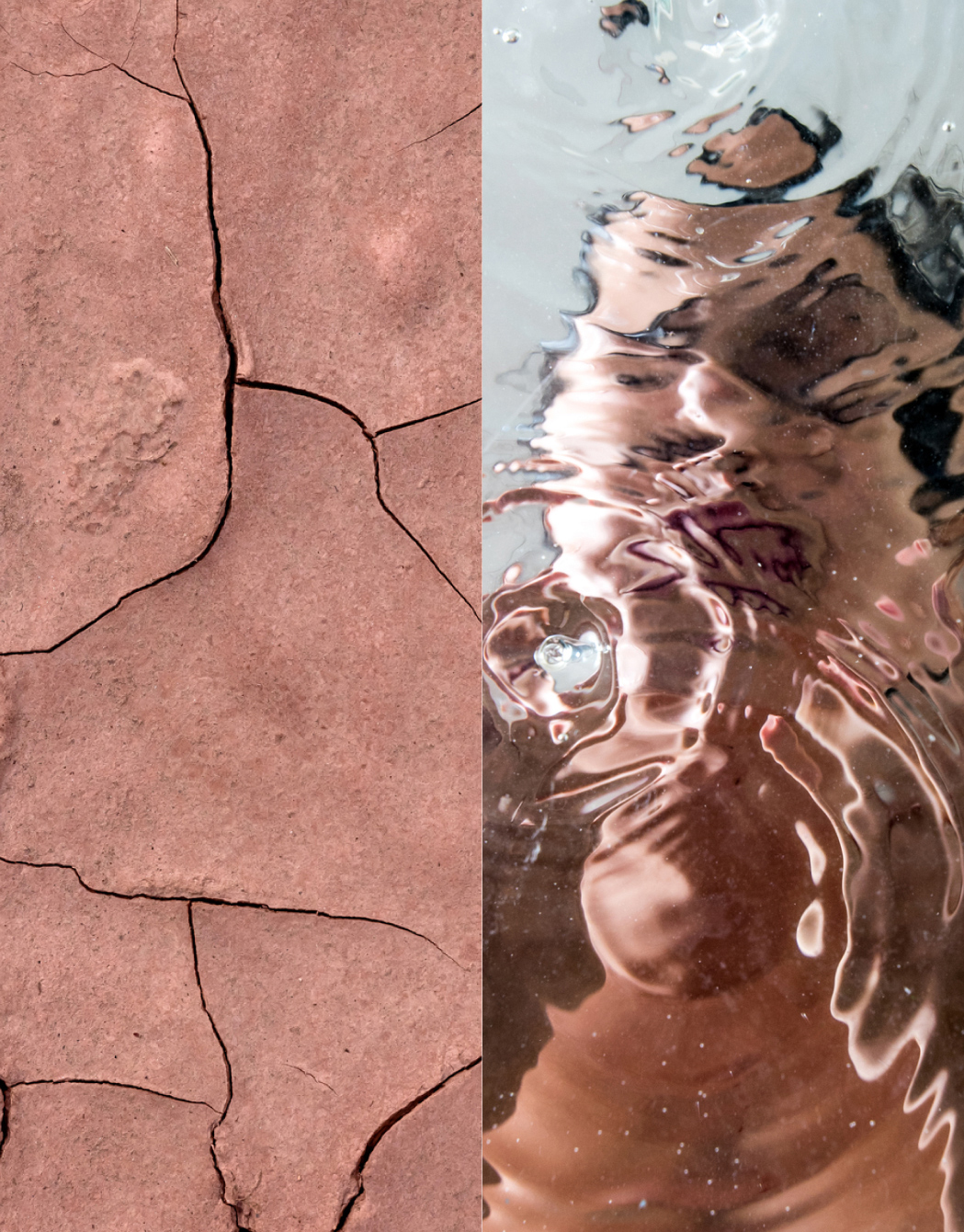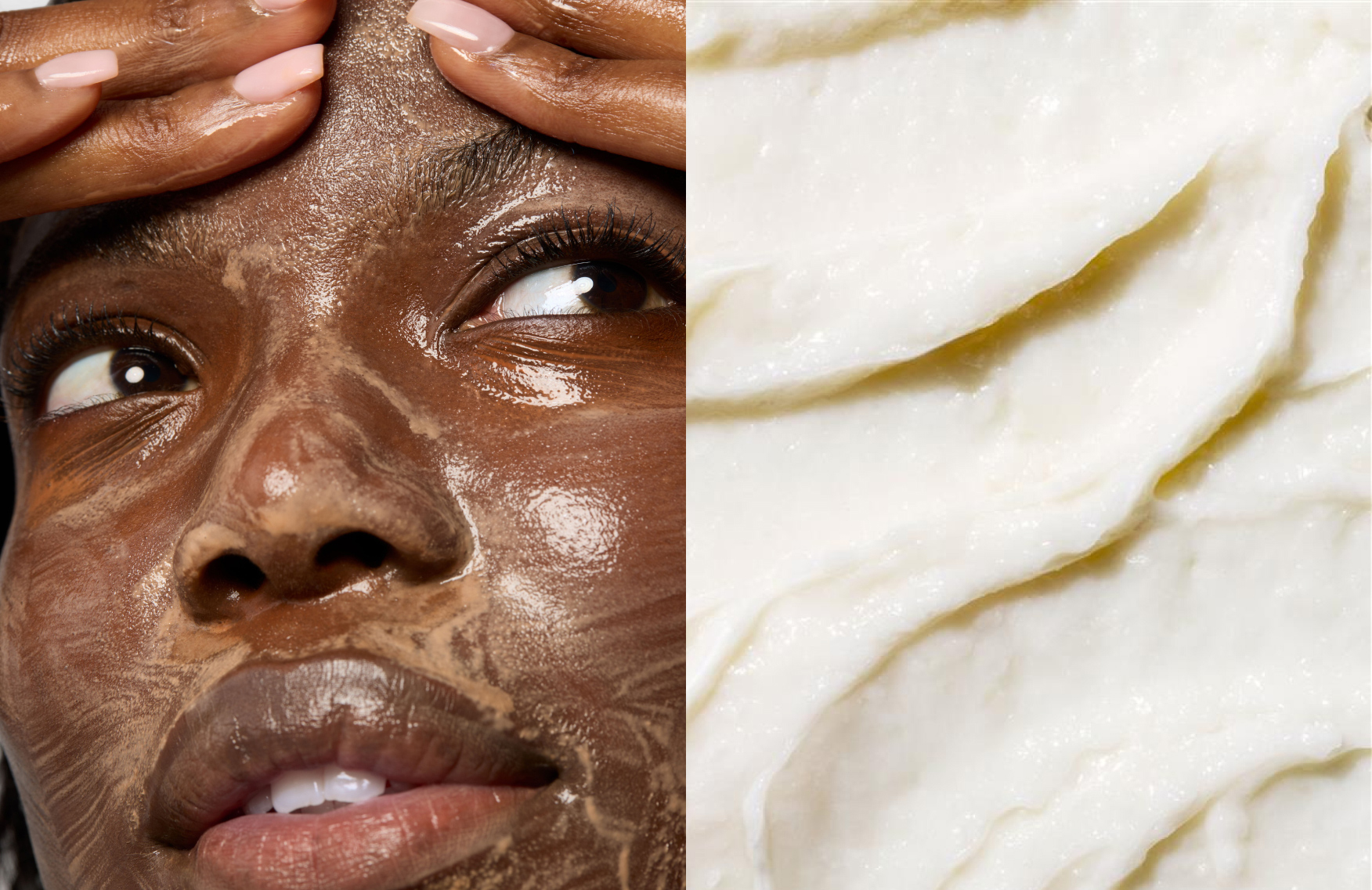That’s not dirt inside your pores: How to get rid of blackheads on your nose
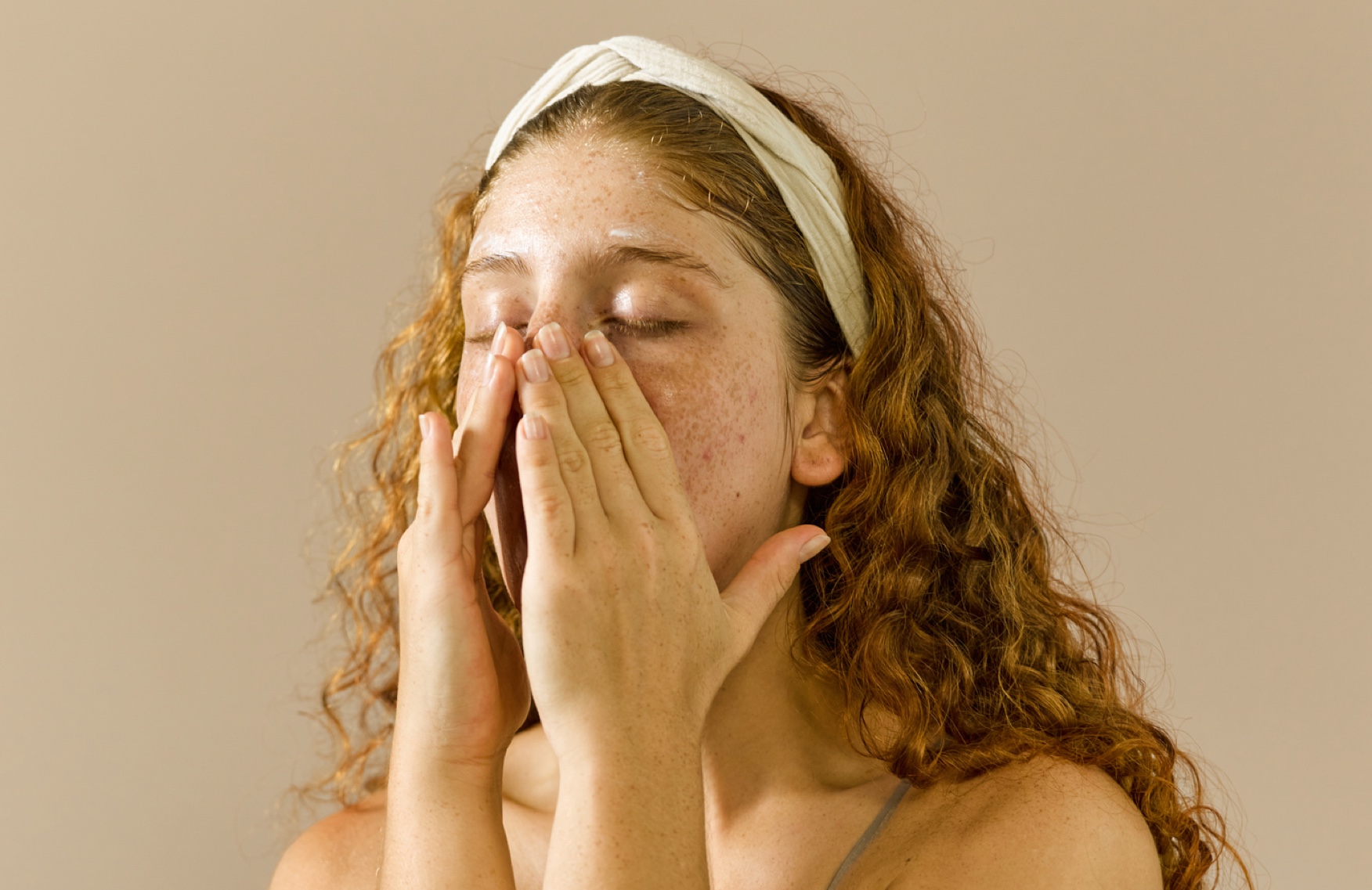
Driver’s License. Prom. Graduation. Blackheads. Not every rite of passage is fun, nor does it end when your adult years begin. Unfortunately, blackheads are very common at any age, especially on the nose. A blackhead might appear more camouflaged than a whitehead or a pimple, but that doesn’t make them any more welcome on your complexion. While they are a part of everyday life, that doesn’t mean you can’t do your best to combat them. Below are our top tips on how to remove blackheads on your nose.
#1 Keep your skin clean
Before we dive into how to get rid of blackheads on noses, let’s get to the nitty-gritty of what blackheads really are. At first glance, they may seem like tiny black specks of dirt nestled inside your skin.
In reality, they’re a mild form of acne that occurs when dead skin and oil become trapped in an open pore. Unlike pustules and cysts that are filled with bacteria, blackheads are noninflammatory and you can often manage them with a proper skincare regimen.
Enter tip number one—keeping your skin clean:
Keeping your skin clear of dead skin cells, excess sebum and unwanted bacteria usually involves a twice-a-day cleansing regimen. Here are the steps for a basic morning skincare routine:
- Step 1: Wash your face with a non-abrasive, gentle cleanser: This will help remove all the particles you don’t want and give your face a fresh start for the day
- Step 2: Apply a moisturizing cream or serum: Depending on your personal skincare goals, you can find a moisturizing cream or serum that’ll provide all-day hydration and offer other potential benefits as well, like firming or brightening your skin
- Step 3: Use daily sunscreen: Whether you spend a large chunk of time in the sun each day or work indoors from home, applying sunscreen with at least 30 SPF is essential in protecting your skin from the sun’s UV rays
Your skincare routine will look slightly different at night:
- Step 1: Cleanse your face: Repeat the same step from your morning regimen
- Step 2: Use a toner: This can remove impurities that the cleanser may have missed. Using face cleansers and toners together is a great way to ensure your skin is clean
- Step 3: Apply a nighttime moisturizing cream: A cream with vitamin A (retinol) may also smooth fine lines and wrinkles as well as help unclog your pores and remove blackheads on your nose
#2 Exfoliate regularly
When it comes to exfoliating, your first instinct may be to reach for your favorite apricot face scrub. Instead, consider using a milder form of exfoliation, like products that contain the following chemical exfoliants:
- Azelaic acid: Naturally produced in barley, rye
,and wheat, azelaic acid works to exfoliate the blockages in your skin’s pores. They’re a milder exfoliant than other forms and are less likely to cause skin irritation.
- Salicylic acid: Beta hydroxy acids(BHAs) like salicylic acid work to penetrate your skin at a deeper level to remove dead skin cells and excess sebum (a naturally produced oil) that cause
sblackheads and more severe forms of acne
When incorporating a new exfoliating product into your skincare routine, use it only 2-3 times during the first week. If it doesn’t cause any irritation during that week, you can begin applying it once a day. This allows it to consistently remove dead skin cells so they have less of a chance of becoming trapped in your pores.
#3 Get professional extractions
You can also visit a dermatologist to have your blackheads professionally removed. After a consultation, they’ll use a small tool with metal loops on the end to apply pressure and safely extract them.
#4 Use face masks and peels
Face masks and peels are some of the hardest working skincare products that help you achieve the clear, glowing skin of your dreams.
Consider using clay face masks that include kaolin clay, which is an ideal ingredient for open comedones like blackheads. The clay may work to stimulate secretions of dead skin and sebum trapped inside your pores, purging them of their unwanted materials—(sayonara, blackheads).
Different face mask ingredients have different benefits, so be sure to do some researching and testing to see which masks work best for your skin. You’ll also want to consider how often to use face masks, since some masks can be irritating if you use them too often.
What not to do for blackheads on your nose
It’s essential not to give into temptation and squeeze the blackheads yourself. While it may feel gratifying at the time, it can lead to unsatisfying results, such as pushing the blackhead further into your skin, causing redness and irritation, and introducing bacteria into the pore and causing more severe acne.
References for this information:
Cleveland Clinic Website, Health
Cleveland Clinic Website, Skincare and Beauty
Molecules, 2016, volume 21, issue 8
